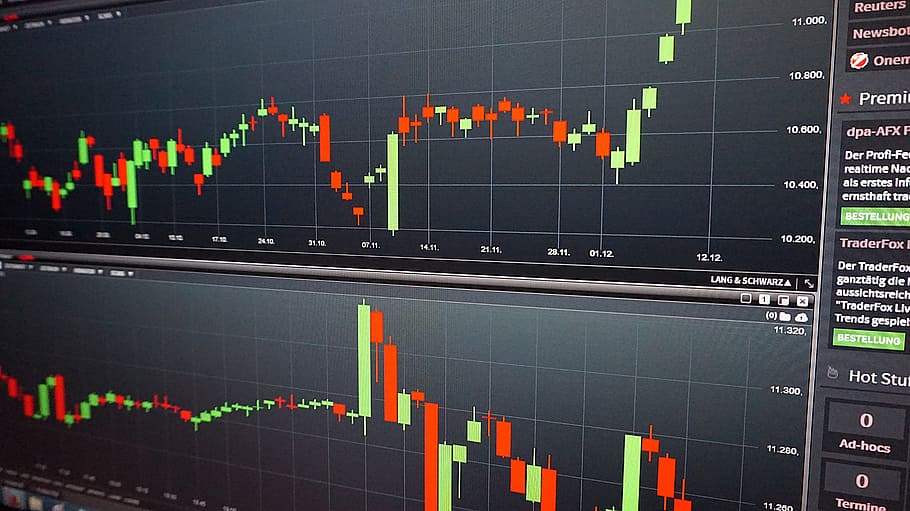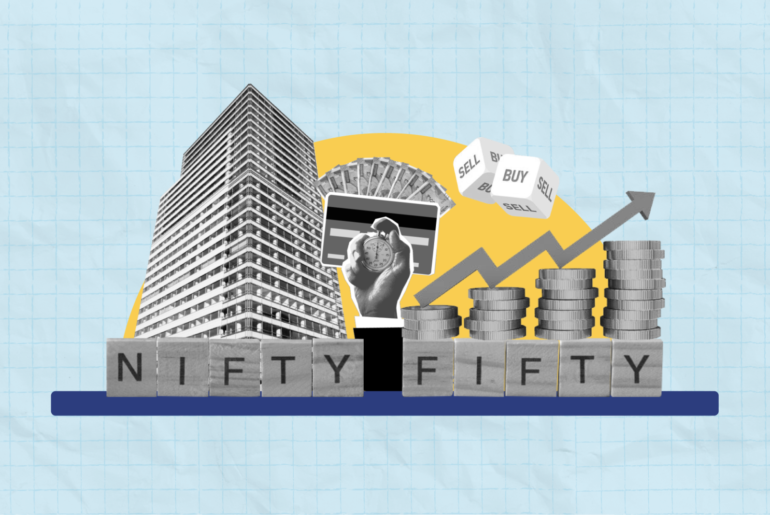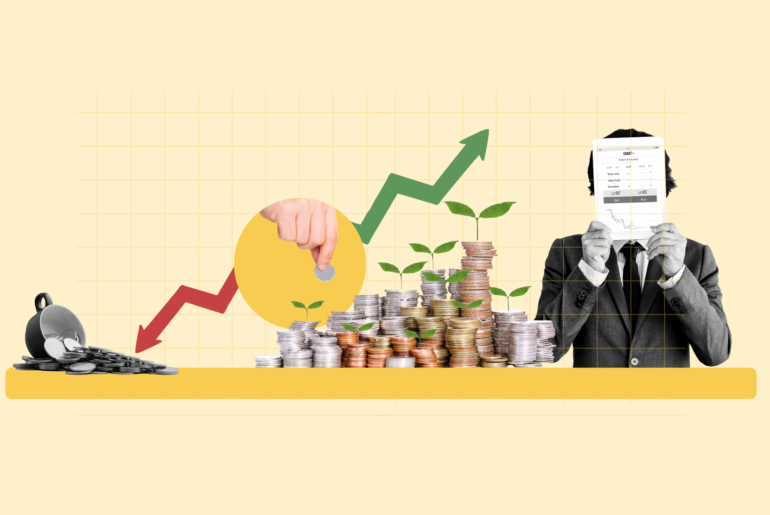Last Updated on Mar 24, 2020 by Aradhana Gotur
A halt in stock trading is not unheard of. But how is it even possible, given that millions of transactions take place on the bourses daily? And who halts the trading? In this piece, we have answered these questions and more.
Recently, the Indian benchmark indices Nifty and Sensex plunged 10% twice in just two weeks and came to a halt. The first instance happened on 13 March 2020, when benchmark indices registered a steep fall. This was the first halt after ~12 years. The second halt occurred on 23 Mar 2020, when Nifty tanked 824 points to reach 7,903 and Sensex fell 2,991 points to touch 26,924. Following the second instance, trading on stock exchanges halted for 45 minutes. But why does this happen?
Table of Contents
What is a circuit?
Stock exchanges come to a halt after a circuit kicks-in during the trading hours. A circuit is an automatic mechanism that triggers when the market, an index or a stock falls or rises to a certain limit during the trading hours. Currently, these limits are 10%, 20%, and 30%. Once a circuit is breached, it brings about a halt in trading in equity and equity derivative markets. Circuits are of two types, namely lower circuit and upper circuit. While the upper circuit comes into action when stocks surge insanely, the lower circuit kicks in when the market falls steeply.
Who sets the circuit levels and what is its significance?
The circuit levels are set by the stock exchanges. These are determined and employed to protect investors and brokers from a sudden and severe swing in the trading levels. It keeps volatile swings in the market in check and thereby protect investors’ wealth from draining further.
So, how long does trading halt?
Trading can halt from 15 minutes to an entire day depending on the time at which the circuit triggers and how low an index falls or how high it rises.
Here’s more on trading halt at each level of the trigger.
For the 10% limit:
- Trading halts for 45 min if an index falls 10% before 1 pm
- Trading halts for 15 min if an index falls 10% between 1 pm to 2.30 pm
- Trading doesn’t halt if an index falls 10% after 2.30 pm
For the 15% limit:
- Trading halts for 1 hr 45 min if the index falls 15% before 1 pm
- Trading halts for 45 min if the index falls 15% between 1 pm and 2.30 pm
- Trading halts for the rest of the day if the index falls 15% after 2.30 pm
For the 20% limit:
- Trading halts for the rest of the day from the time an index falls 20%
What happens after the halt is over?
Trading resumes after a 15-minute session of pre-open call auction is held post the halt. Thereafter, normal trading could resume and continue until the circuit is triggered next.
Why did trading halt now?
Ever since COVID-19 crossed the Chinese borders and extended to other economies, the global stock markets took a turn for worse. The pandemic has impacted economic activities across the globe and has made growth quite uncertain. And with an increasing number of countries declaring lockdown, the duration of which is uncertain, investors are liquidating their positions, which is leading to a steep fall in stock prices. In addition to this, brokers are imposing margin calls on traders, who are forced to liquidating their positions, which is further intensifying the massive self-off.
What are the exchanges doing to protect markets from intense volatility?
Due to abnormally high volatile in the markets, the Indian bourses have altered certain trading rules to protect the markets from the impact of coronavirus’ pandemic. Following measures will kick-in from 23 Mar and remain in force through a month
- Position limits for some stock futures slashed to half
- Imposed restrictions on short-selling of index derivatives
- Raised margin rates for certain stocks
- Gilt Funds in India: Features, Meaning, and Advantages - Mar 13, 2025
- Large Cap Funds (2025): Top Blue Chip Funds List - Mar 13, 2025
- Best Index Funds in India 2025: Top Performing Mutual Funds - Mar 13, 2025




